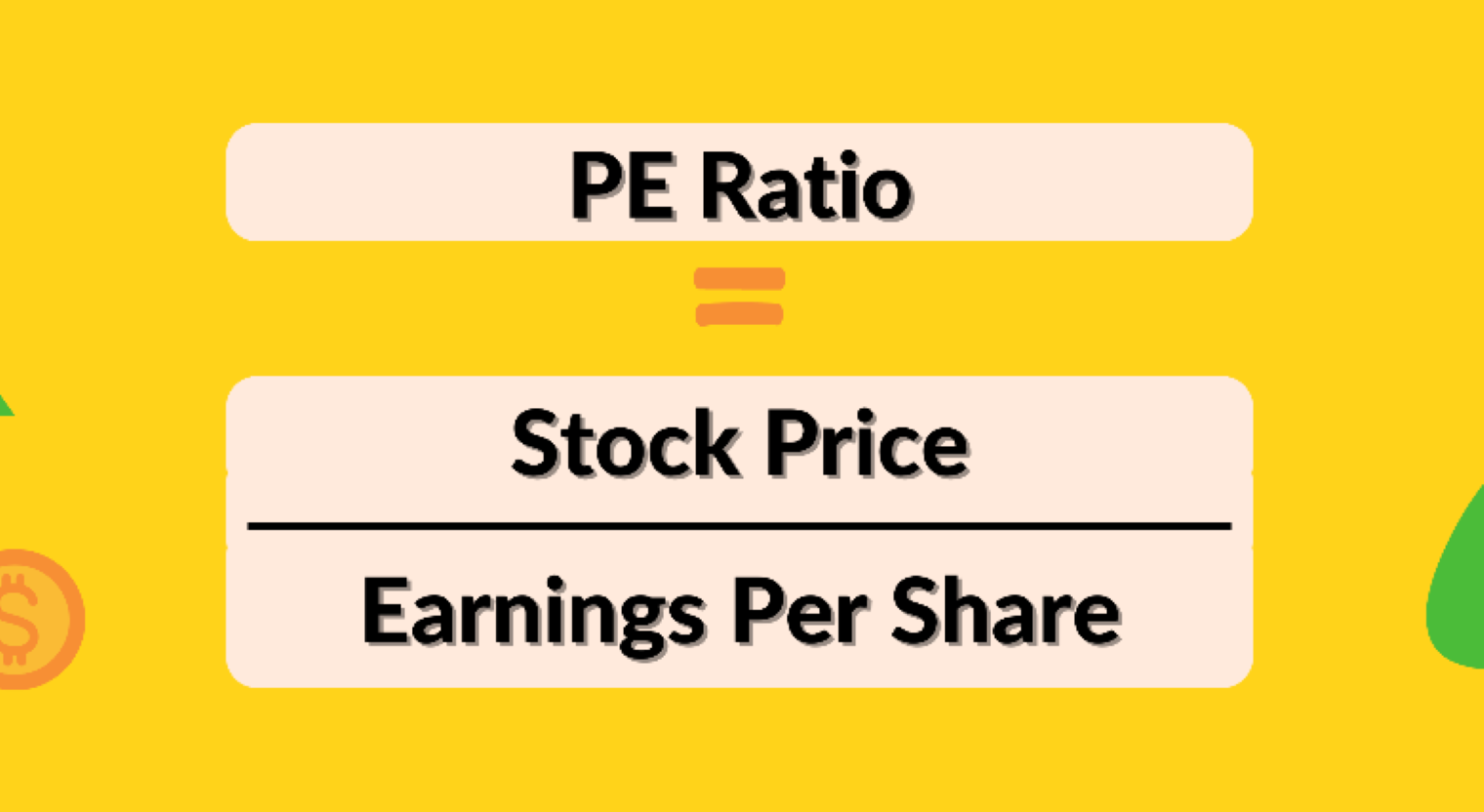NISM Certification Training
(24)+ Courses

Price-to-Earnings (P/E) ratio is one of the most widely used metrics in the world of investing. It offers a snapshot of how much investors are willing to pay for every rupee of a company’s earnings, making it a vital tool for evaluating stock prices and company valuations. While it may seem simple at first glance, the P/E ratio can reveal a wealth of information about a company’s growth potential, profitability, and market sentiment. This article breaks down the P/E ratio, explains its significance, and explores how to use it effectively in investment decisions.
The P/E ratio is a financial metric calculated by dividing the current market price of a stock by its earnings per share (EPS). It is expressed as:
P/E Ratio = Price Per Share ÷ Earnings Per Share (EPS)
For example, if a company’s stock is trading at ₹500 per share and its EPS is ₹25, the P/E ratio is 20. This means investors are willing to pay ₹20 for every ₹1 of the company’s earnings.
The P/E ratio helps investors determine whether a stock is overvalued, undervalued, or fairly priced. A high P/E ratio typically indicates that investors expect strong future growth, while a low P/E ratio may suggest that the stock is undervalued or facing challenges.
For instance, growth stocks in sectors like technology often have high P/E ratios because investors anticipate rapid earnings growth. Conversely, companies in mature industries like utilities may have lower P/E ratios due to steady but slow growth.
While the P/E ratio is a valuable tool, it is not without its limitations. One key drawback is its reliance on earnings, which can be manipulated through accounting practices. Additionally, it does not account for factors like debt, cash flow, or growth potential, which are equally important in evaluating a company.
Consider two companies in the same sector:
Company A appears undervalued relative to its earnings, but Company B’s higher P/E may be justified by its strong growth prospects. The decision depends on your risk appetite and investment goals.
The P/E ratio is a versatile and essential tool for evaluating stock valuations and making informed investment decisions. While it provides valuable insights into how the market perceives a company, it should not be used in isolation. Combining the P/E ratio with other financial metrics and understanding the broader market context ensures a well-rounded analysis. By mastering the P/E ratio, you can enhance your ability to identify opportunities and build a strong investment portfolio.
